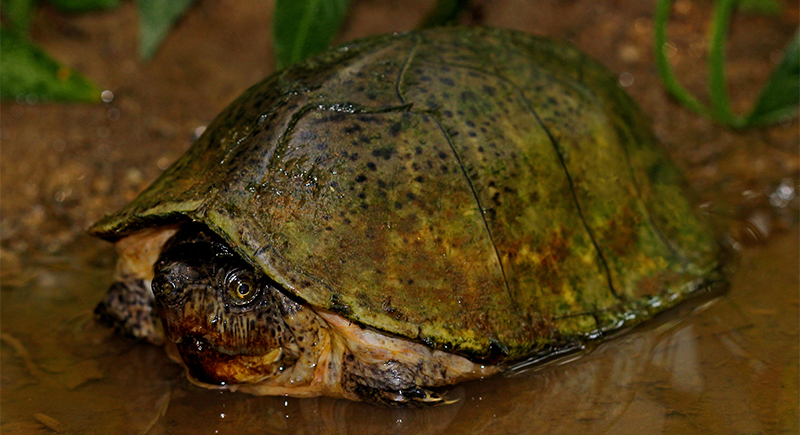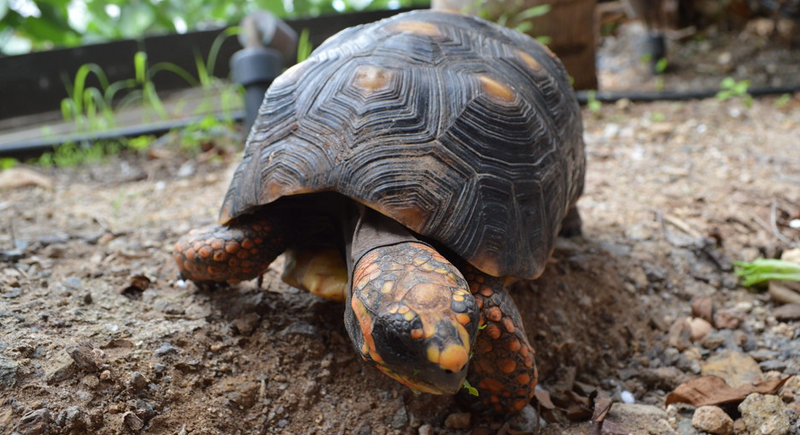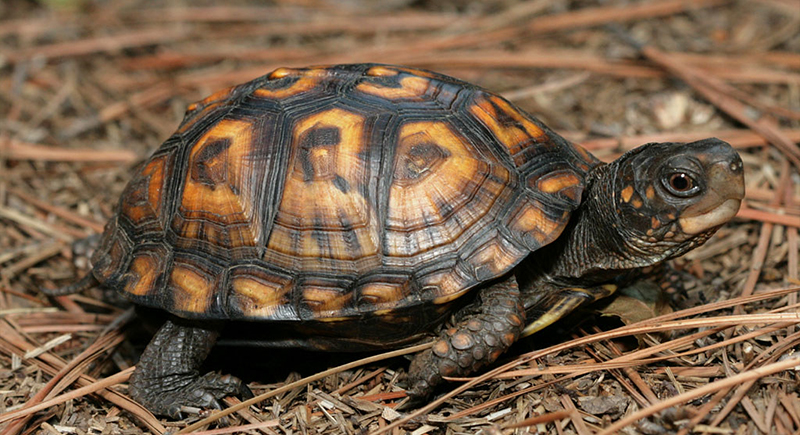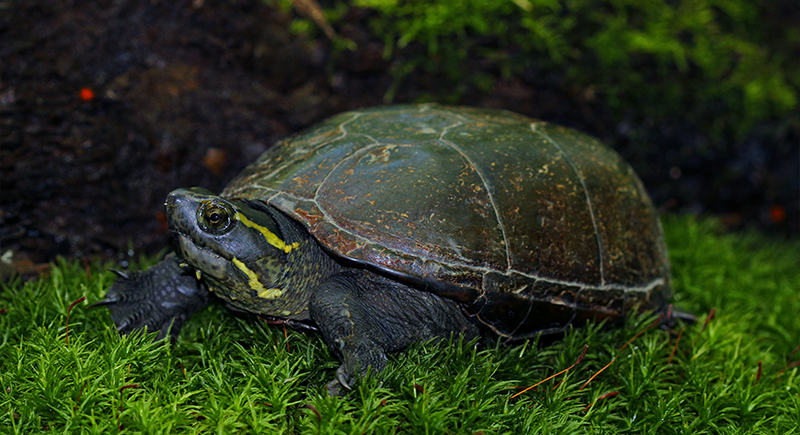10 Low-Maintenance Turtles That Make Great Pets
Not all pets demand constant attention, and if you’re looking for a chill, low-fuss companion, turtles might be the perfect fit. These slow-moving, hard-shelled buddies don’t need daily walks, won’t shred furniture, and won’t demand a cuddle session at 3 a.m. But not all turtles have the same requirements, and if you want a low-maintenance turtle that thrives without endless upkeep, you need to choose wisely.
Common Musk Turtle

Credit: Wikimedia Commons
The Common Musk Turtle, also known as the “stinkpot,” gets its nickname from the musky odor it releases when feeling threatened. Fortunately, they rarely use this defense. These bottom-dwellers don’t need deep water, and their small size, about 4–5 inches, means they won’t outgrow a reasonable tank setup.
Wood Turtle

Credit: flickr
The Wood Turtle acts more like a tiny reptilian dog than a typical turtle. These semi-terrestrial turtles are known for recognizing their owners and even solving basic puzzles. To mimic their natural riverbank habitats, they need fresh, flowing water and a well-draining substrate. While they appreciate occasional human interaction, they won’t beg for attention.
Yellow-Bellied Slider

Credit: Wikimedia Commons
The Yellow-Bellied Slider is like the laid-back cousin of the Red-Eared Slider. It enjoys basking for hours and paddling around its tank or pond. These turtles grow to about 8–12 inches, so they need a spacious aquatic setup with strong filtration. Their diet is easy: pellets, leafy greens, and occasional protein treats like worms or insects.
Red-Footed Tortoise

Credit: flickr
Not every tortoise is a high-maintenance handful! The Red-Footed Tortoise is one of the easiest to care for, thanks to its adaptability. Native to South America, they thrive in shaded hiding spots and open basking areas. They don’t hibernate, so there’s no complicated winter care, and they can live indoors or outdoors in the right climate.
Hermann’s Tortoise

Credit: flickr
These little land dwellers stay small at 6–8 inches, meaning they don’t need a massive backyard or enclosure. They’re happy in a secure, sunny pen with dry soil, a few hideouts, and fresh greens to munch on. However, they do need specific temperature and humidity conditions, and sudden or extreme temperature fluctuations can be harmful.
Razorback Musk Turtle

Credit: flickr
The Razorback Musk Turtle is a fascinating choice with its rugged, spiky shell that looks straight out of an ancient era. Unlike some turtles that spend their days basking, these guys prefer to lurk at the bottom of their tanks, often hiding in plants or under rocks. They’re one of the easiest aquatic turtles to care for—no fuss, just fun.
Three-Toed Box Turtle

Credit: flickr
Don’t let its name fool you—this turtle adapts well to different environments, whether indoors or outside, in a secure pen. All they need is consistent humidity levels, a proper diet, and a well-maintained environment to thrive. They can live for decades with the right kind of care.
Russian Tortoise

Credit: Wikimedia Commons
This little tank of a tortoise is about as easygoing as they come. They are small, sturdy, and don’t need elaborate care. A warm, dry enclosure with loose soil for burrowing and a simple diet of leafy greens keeps them happy. Their personalities are surprisingly bold—they’re known for recognizing their owners and becoming accustomed around them.
Pond Slider

Credit: flickr
The Pond Sliders are active swimmers. While they start small, they can grow up to 12 inches, so space is key. They’re not picky eaters and thrive on a diet of pellets, greens, and occasional protein treats. They’ll be content as long as their water stays clean and their basking area stays warm.
Eastern Box Turtle

Credit: flickr
The Eastern Box Turtle is about as low-maintenance as a terrestrial turtle can get. These slow-moving, long-lived reptiles don’t need a high-tech setup—just a well-planned outdoor pen with soil, plants, and a shallow water source. They’re also omnivores and enjoy everything from berries to worms.
Speckled Padloper Tortoise

Credit: Facebook
Tiny but full of character, the Speckled Padloper Tortoise is the world’s smallest tortoise, maxing out at just 4 inches. Their care is refreshingly simple: dry, rocky terrain, a warm basking spot, and fresh greens. Despite their small size, they’re surprisingly hardy and independent and require minimal upkeep beyond essential habitat maintenance.
Asian Leaf Turtle

Credit: Wikimedia Commons
The Asian Leaf Turtle blends into its surroundings like a fallen leaf. They don’t demand deep water or specialized filtration, and they’re loved for their mellow nature, meaning they’re an excellent choice for those looking for a no-fuss reptile companion.
Striped Mud Turtle

Credit: Wikimedia Commons
The Striped Mud Turtle is a solid choice if you want a tiny turtle with a big personality. Growing just 3–4 inches long, they don’t need much space and do well in simple setups with shallow water and a few basking spots. They’re bottom-walkers rather than swimmers, so they don’t require deep water or complex filtration.
Pancake Tortoise

Credit: Wikimedia Commons
No, it’s not actually flat as a pancake—but it comes close. The Pancake Tortoise has a uniquely flexible shell that allows it to squeeze into tight rock crevices. They’re one of the easiest tortoises to care for, and they have a calm demeanor and manageable size. Owners must keep in mind, though, that these guys are big climbers and require specialized enclosures to prevent escapes.
Spotted Turtle

Credit: flickr
Polka-dotted and packed with charm, the Spotted Turtle is a small, semi-aquatic turtle that’s beautiful and low-maintenance. They stay under 5 inches and are a great option for smaller tanks. They appreciate a mix of land and good-quality water, a varied diet, and warm temperatures. Depending on where you live, you may need to check on the legality of obtaining one, though.